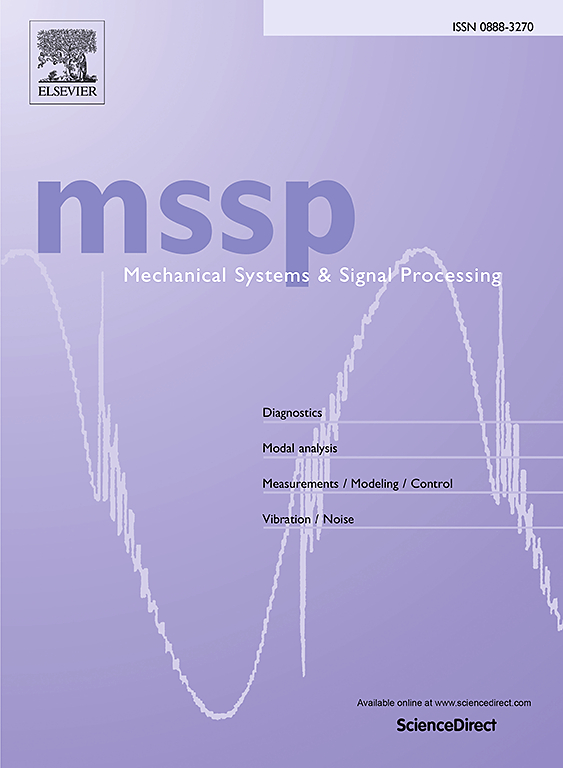An intelligent agent-based method for model updating of structures with multiple uncertain parameters via deep reinforcement learning
IF 7.9
1区 工程技术
Q1 ENGINEERING, MECHANICAL
引用次数: 0
Abstract
The paper presents a new method for performing model updating (MU) of structures characterized by uncertain multiple parameters, based on a deep reinforcement learning (DRL) approach. In particular, the idea behind the proposed approach, named DRUM-A (acronym of Deep Reinforcement learning for Updating Model Approach), consists of defining an intelligent agent that can support analysts in performing fine-tuning of the numerical model to update to match numerical and experimental data, by searching correct values of uncertain parameters with high accuracy. DRUM-A was idealized and organized in five consecutive steps. Given data of the monitoring campaign, the definition of the target variables of interest, and a numerical model of the structure in an externally accessible environment, the proposed approach defines a DRL-engine, in which a strategy for tuning the structural control parameters was defined. Contextually, training/test phases of the intelligent agent were performed, to derive the correct solution according to a statistical-based evaluation of results. The paper provides a detailed description of DRUM-A and subsequently reports the application on a dummy structure (and the related comparison with the output provided by a deterministic and a probabilistic approach), and a real-life structure, accounting for multiple uncertain parameters and variables in different scenarios. DRUM-A represents a paradigm shift toward current MU approaches, since it allows managing an increasing number of unknown variables without requiring strict engineering assumptions. In addition, DRUM-A allows performing an online MU, providing accurate estimates of uncertain parameters, with reasonable time and computational efforts.
基于深度强化学习的多不确定参数结构模型更新方法
提出了一种基于深度强化学习(DRL)的不确定多参数结构模型更新方法。特别是,所提出的方法背后的思想,称为DRUM-A(更新模型方法的深度强化学习的缩写),包括定义一个智能代理,该代理可以支持分析师通过高精度地搜索不确定参数的正确值来执行数值模型的微调以更新以匹配数值和实验数据。DRUM-A被理想化并组织成五个连续的步骤。给定监测活动的数据、感兴趣的目标变量的定义以及外部可访问环境中结构的数值模型,该方法定义了一个drl引擎,其中定义了调整结构控制参数的策略。在上下文中,执行智能代理的训练/测试阶段,根据基于统计的结果评估得出正确的解决方案。本文提供了DRUM-A的详细描述,并随后报告了在虚拟结构上的应用(以及与确定性和概率方法提供的输出的相关比较),以及在不同场景下考虑多个不确定参数和变量的实际结构。DRUM-A代表了向当前MU方法的范式转变,因为它允许管理越来越多的未知变量,而不需要严格的工程假设。此外,DRUM-A允许执行在线MU,在合理的时间和计算工作量下提供不确定参数的准确估计。
本文章由计算机程序翻译,如有差异,请以英文原文为准。
求助全文
约1分钟内获得全文
求助全文
来源期刊

Mechanical Systems and Signal Processing
工程技术-工程:机械
CiteScore
14.80
自引率
13.10%
发文量
1183
审稿时长
5.4 months
期刊介绍:
Journal Name: Mechanical Systems and Signal Processing (MSSP)
Interdisciplinary Focus:
Mechanical, Aerospace, and Civil Engineering
Purpose:Reporting scientific advancements of the highest quality
Arising from new techniques in sensing, instrumentation, signal processing, modelling, and control of dynamic systems
 求助内容:
求助内容: 应助结果提醒方式:
应助结果提醒方式:


